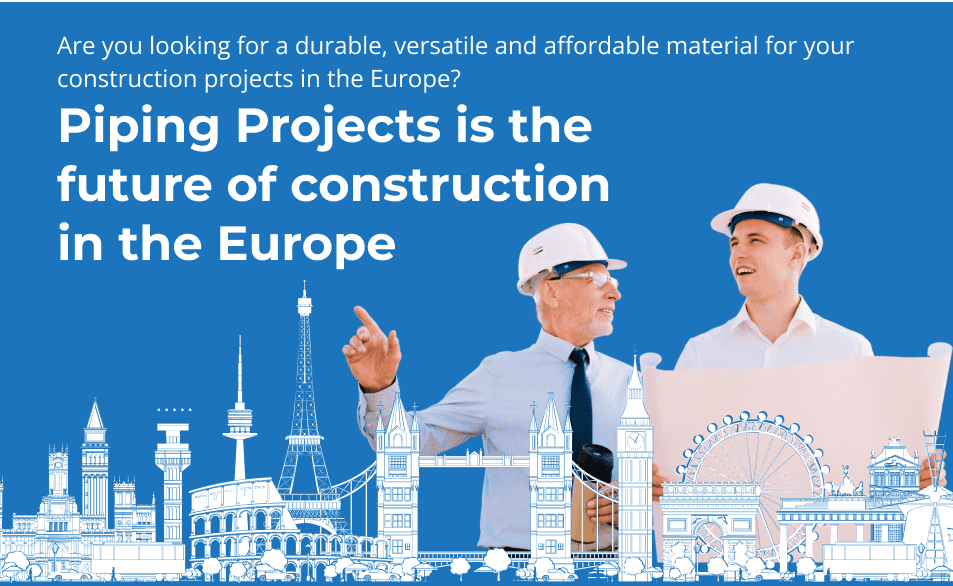PipingProjects.eu is a leading EU Standard Specification products Supplier in Europe. The European Norm, developed by the European Committee for Standardization (CEN), was created by incorporating previous standardization efforts, such as the CEN BII workshops agreement, and incorporating input from the European Multi-Stakeholder Forum on Electronic Invoicing.
CEN and CENELEC work together with their National Members to develop EU Standards and other outputs across a wide range of sectors. The ultimate goal is to enhance Europe's global economic standing by eliminating trade barriers and promoting the growth of the European domestic market. The development of European Standards is guided by principles such as consensus, transparency, national commitment, and technical coherence. With a vast network of more than 200,000 experts from industry, associations, public administrations, academia, and societal organizations, CEN and CENELEC have a significant impact on the lives of over 600 million people.
The EU Standard Specifications guarantee that metal products in European market are of superior quality, safety, and performance. These specifications are developed by expert committees and establish consistent criteria for manufacturers and suppliers to adhere to. The standards promote reliability and uniformity across the EU Standard by defining technical requirements, tolerances, and testing methods. Manufacturers who comply with these standards can demonstrate that their products meet established benchmarks, which increases consumer trust and fosters fair competition. Furthermore, the standards encourage innovation, promote best practices, and enhance the safety and efficiency of metal products used in diverse industries.

Does this product seem useful to you?
Reach out to us now for quick support.
Within CEN and CENELEC, the responsibility for guiding efforts that may lead to a European Standard rests with entities like the CEN National Standardization Bodies and the CENELEC National Committees. Nevertheless, suggestions for standards can originate from any source, and there are instances where the European Commission or other stakeholders may submit requests.
The process involves willing participants from CEN and CENELEC who are designated to a relevant Technical Committee. Concurrently, national initiatives on the same subject are temporarily halted. National stakeholders actively contribute to standard development through mirror committees. Technical Committees also incorporate observers from various organizations, including ISO/IEC members, the European Commission/EFTA, and external industry associations.
| Number range | Comment |
|---|---|
| EN 1 to EN 99 | Original work of the European Committee for Standardization(CEN) |
| EN 1000 to EN 1999 | Original work of the European Committee for Standardization (CEN) |
| EN 2000 to EN 6999 | Standards prepared by the AeroSpace and Defence Industries Association of Europe (ASD STAN) |
| EN 10000 to EN 10999 | Number range to reserve |
| EN 20000 to EN 29999 | Obsolete numbering for standards adopted by the International Organization for Standardization (ISO) adopted standards. ISO NNNN" became "EN 2NNNN", e.g. ISO 2338 = EN 22338 (currently: EN ISO 2338) |
| EN 40000 to EN 49999 | Refer to IT standards and were developed by CEN or CENELEC |
| EN 50000 to EN 59999 | CENELEC standards |
| EN 60000 to EN 69999 | CENELEC standards based on International Electrotechnical Commission (IEC) standards, with or without amendments |
| EN 100000 to EN 299999 | CENELEC Electronic Components Committee (CECC) documents for quality evaluation for electronic components |
| EN 300000 to EN 399999 | Standards of the European Telecommunications Standards Institute (ETSI) |
| EN 60950-1 | Information technology equipment - Safety | Safety requirements for information technology equipment |
|---|---|---|
| EN 55022 | Electromagnetic compatibility - Emission | Limits and methods of measurement of radio disturbance characteristics of information technology equipment |
| EN 61000-4-2 | Electromagnetic compatibility - ESD immunity | Electrostatic discharge (ESD) immunity test |
| EN 60204-1 | Safety of machinery - Electrical equipment | Requirements for electrical equipment of machines |
| EN 13849-1 | Safety of machinery - Performance level | Safety-related parts of control systems |
| EN 206 | Concrete - Specification, performance, production, and conformity | Specifications for concrete, including composition and testing |

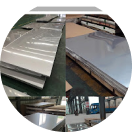
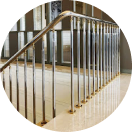
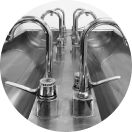
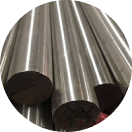
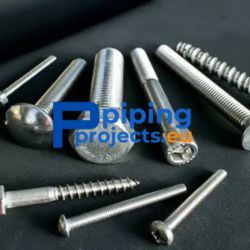
EU Standard Specification Fastener Manufacturer in Europe

EU Standard Specification Flanges Supplier in Europe
